Kids are the future – there’s no way around that one – and we live in a beautiful time where virtually anything is possible. As any parent knows though, especially ones with young children, kids are incredibly impressionable, often times influenced by not the most healthy or ideal things. Kids need solid values and morals instilled in them early on. Each year, fewer and fewer kids are getting involved with sports and other wholesome activities that help develop and strengthen both their bodies and minds. Instead, they’re inside staring at their phones, watching and listening to the latest crop of crappy songs that are passing as rap these days – and that’s a whole other issue with children in developing their self-confidence, as the Internet can be an detrimental place to their development.
One way to help prevent this from happening with your little ones is to get them into motorcycles. So, how early can you get them started? Well, there are kids as young as four out riding and racing motorcycles, and they’re definitely on the youngest side of the spectrum. So, it’s never too early to get started. Look at Tiger Woods – he had a golf club in his hands before he even knew how to walk, and we know how that turned out. The best way to get kids started on motorcycles is by getting young Junior or little Missy on something like a Strider balance bike. It’s not a motorcycle, rather, it’s a simple balance bicycle designed to teach young children how to steer and balance on two wheels, operated by foot propulsion only. Once they get these two-wheel fundamentals down, parents can add pedals to the Strider, and continue the development.
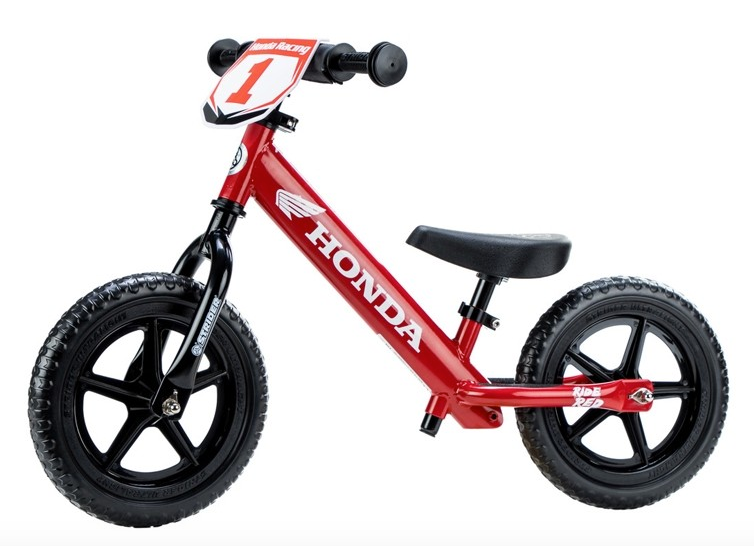
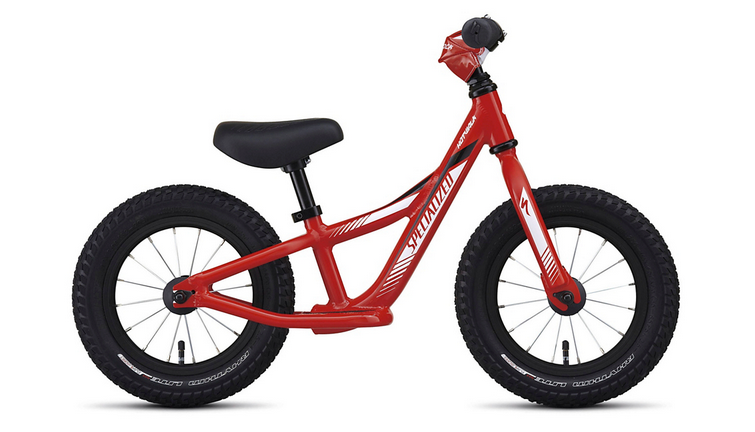
Other similar options to the Strider, but far more advanced and sophisticated, are the balance bikes from Stacyc. These bikes are battery powered and feature a throttle and brake lever. Stacyc offers two sizes: 12 inch and 16 inch, so there’s an option for any size child. The smaller 12eDRIVE model features 12-inch wheels and a 13-inch seat height, and the larger 16eDRIVE has 16-inch wheels and a 17-inch seat height. Both are lightweight, 17 and 19 pounds, respectively. The beauty of these Stacyc bikes is that they have four modes: a total freewheeling non-powered mode, just like the Strider, then low, medium and high power modes. Each mode has restrictions to how fast the bike will go, and they’re limited to 5/7/9 mph for the 12eDRIVE and 5/7.5/11 mph on the 16eDRIVE.
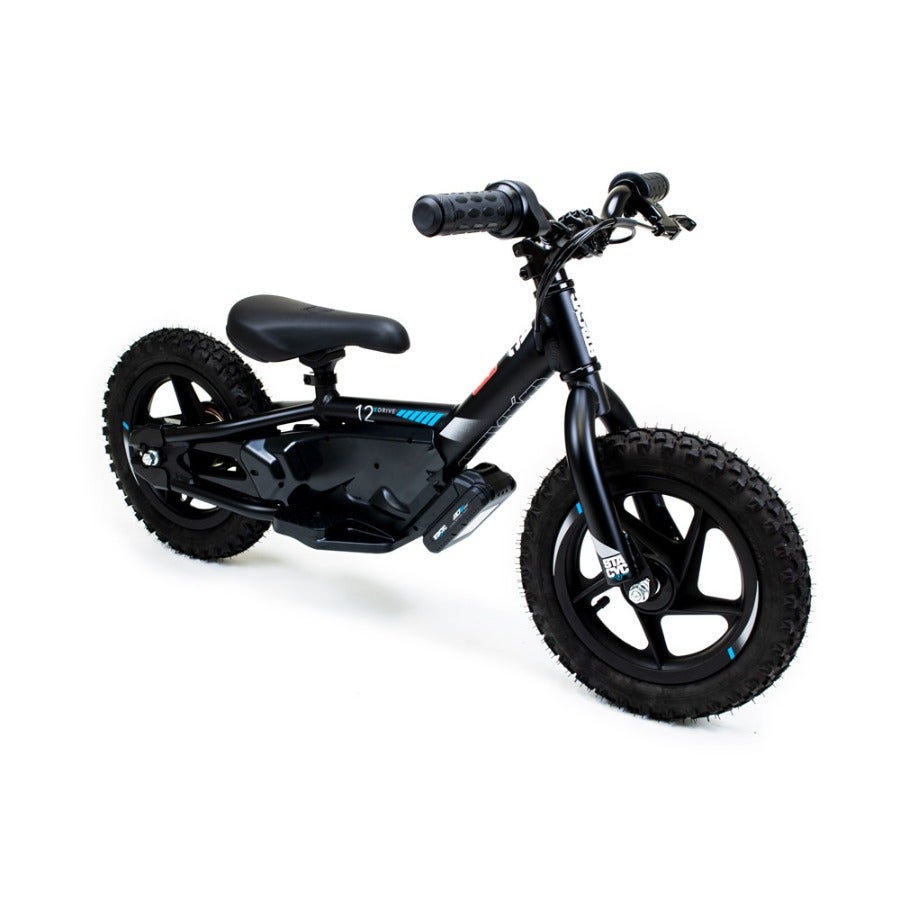
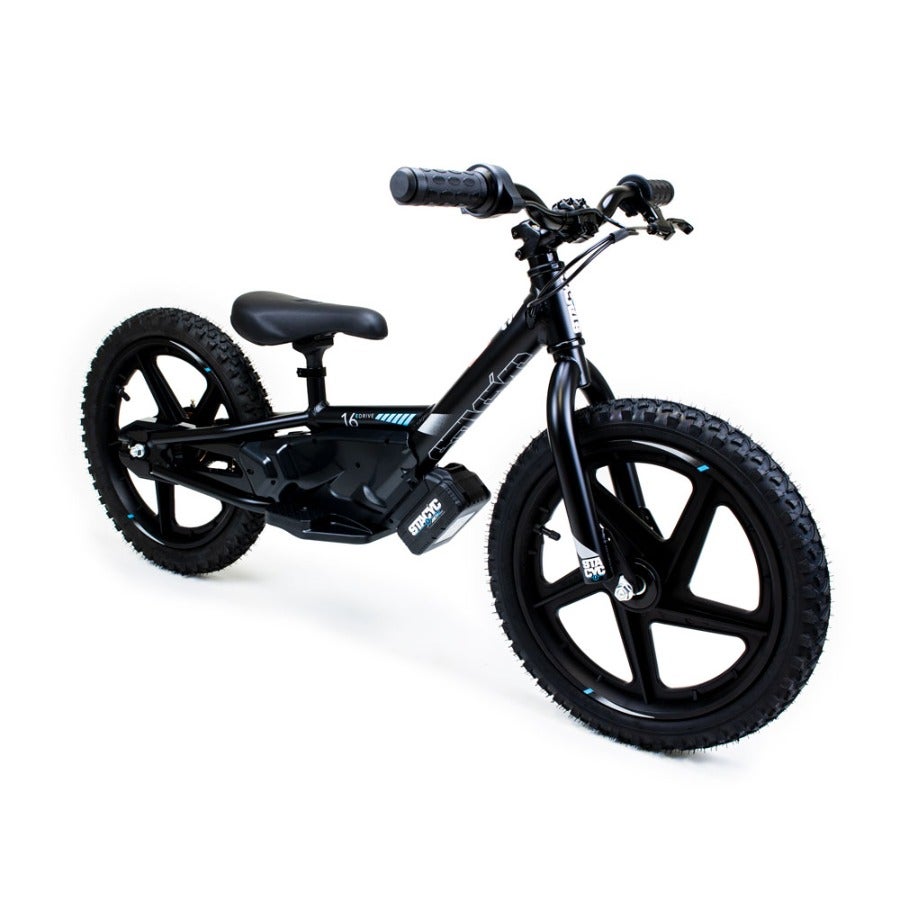
Your little future motorcyclist can graduate from one power mode to the next as they build valuable skills including how to operate the throttle and brakes. Not only will they be having fun, they’ll also be getting hours of hand-eye coordination, balance and outdoor exercise – better than staying inside and playing video games, no?
Once they’ve mastered the Stacyc, they can take the next step onto a real motorcycle. The next rung on the motorcycling ladder is a Yamaha PW50, a 49cc two-stroke motor paired with a fully automatic transmission. It’s as simple as twist and go. Parents can limit the amount of power via an adjustable throttle stop screw and, as your kids’ skills improve, increase the maximum speed. The PW50 has an 18.7-inch seat height and is shaft driven, so there’s virtually zero maintenance.
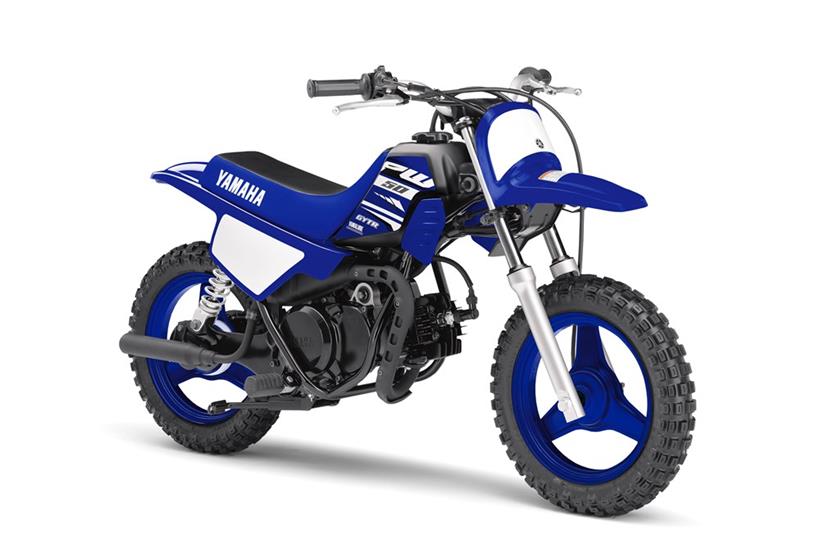
If perhaps your son or daughter is a little bit bigger or more advanced already, Yamaha offers the TT-R50E. It’s a little bit bigger than the PW50 with a 21.9-inch seat height, and it features a three-speed automatic clutch mated to its 49cc four-stroke motor. Kids can learn how to shift gears up and down without worrying about stalling, but if they do, the TT-R50E has an electric start to bring it back to life.
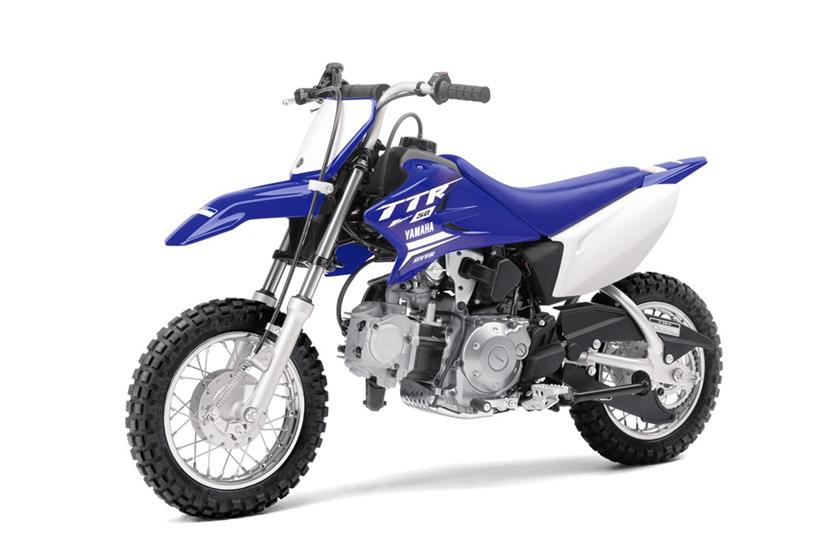
Both Honda and Suzuki offer almost virtually identical models with their CRF50F and DR-Z50 – the biggest difference being the color of their plastics. From there, Suzuki offers a DR-Z70, and then Honda, Yamaha and Kawasaki jump in displacement to 110cc. These 110 models have slightly higher seat heights and four gears instead of three, but they are still automatically operated without the need for a clutch lever.
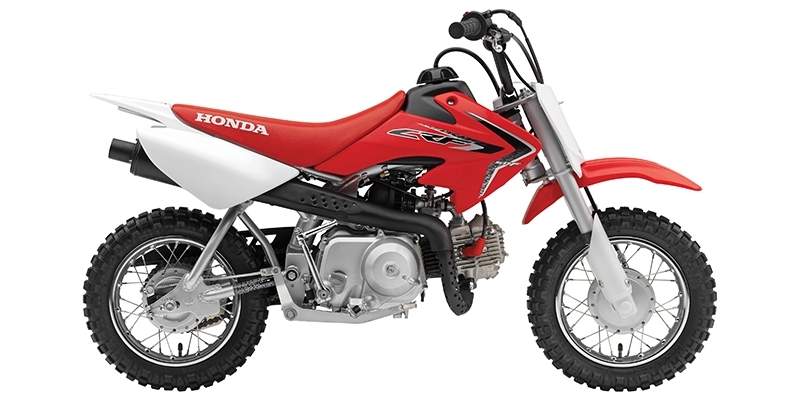
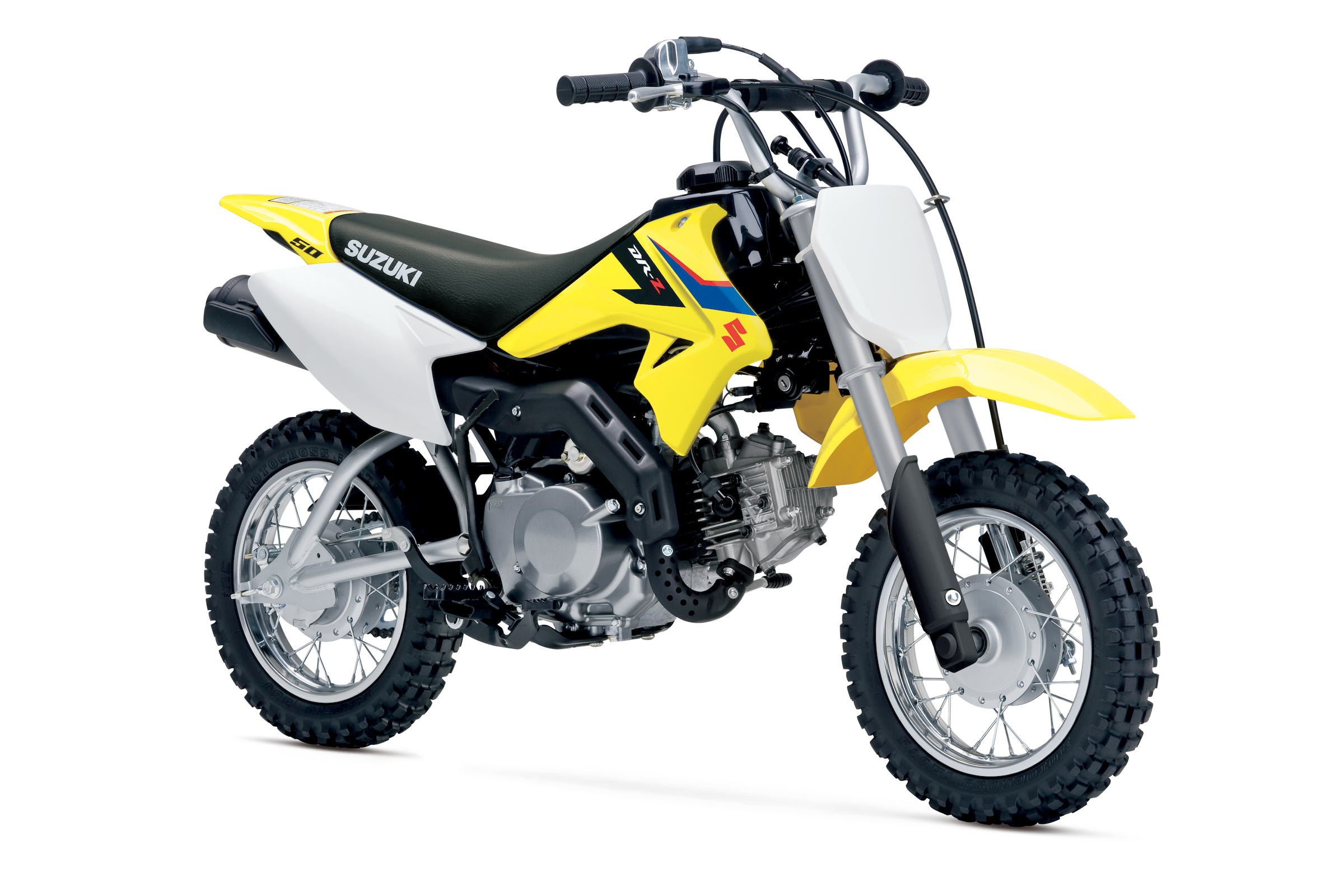
For kids and parents more interested in going the motocross route, there are a variety of options here too, although they are considerably more expensive given the higher quality, performance-oriented componentry found on these motorcycles. KTM offers its 50 SX, a 49cc two-stroke, with a single-speed automatic transmission and centrifugal clutch. It’s also got race-inspired long-travel WP suspension like its bigger siblings – this bike is made for true aspiring motocrossers.
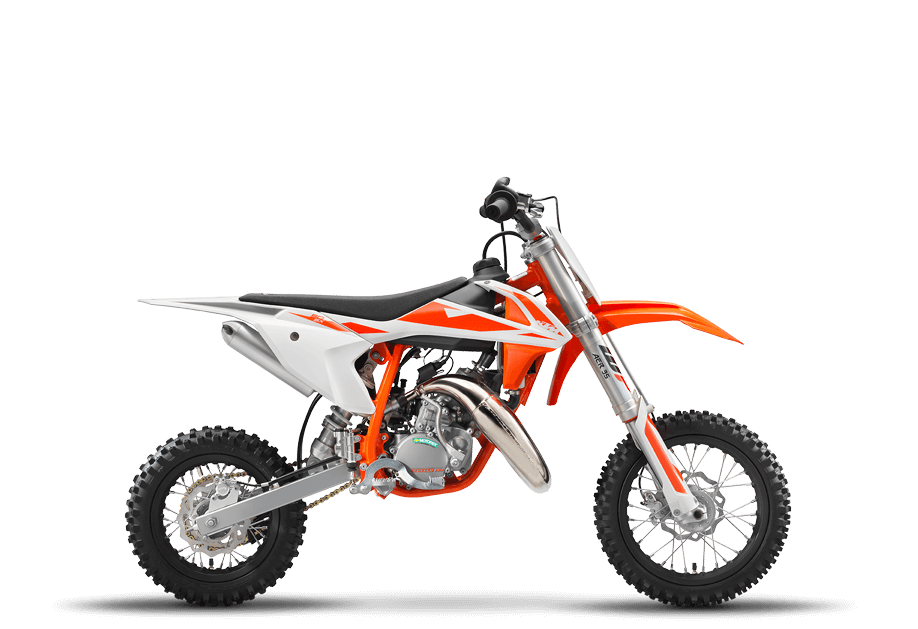
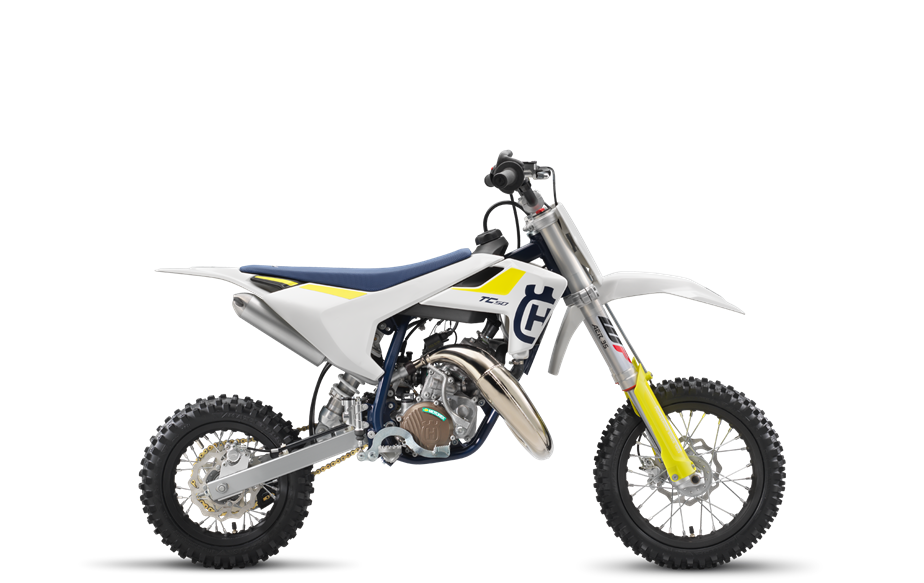
Cobra is another manufacturer producing mini motocross bikes for kids. Although not as well known in the mainstream, Cobra has been making small, entry-level bikes for aspiring motocrossers since 1997. They offer several models of various sizes including the CX50 P3, CX50 JR, CX50 FEW, CX50 SR KING, and the CX65. They cost considerably more compared to the Japanese trail-oriented bikes, but they’re a lot faster and perform better, too.
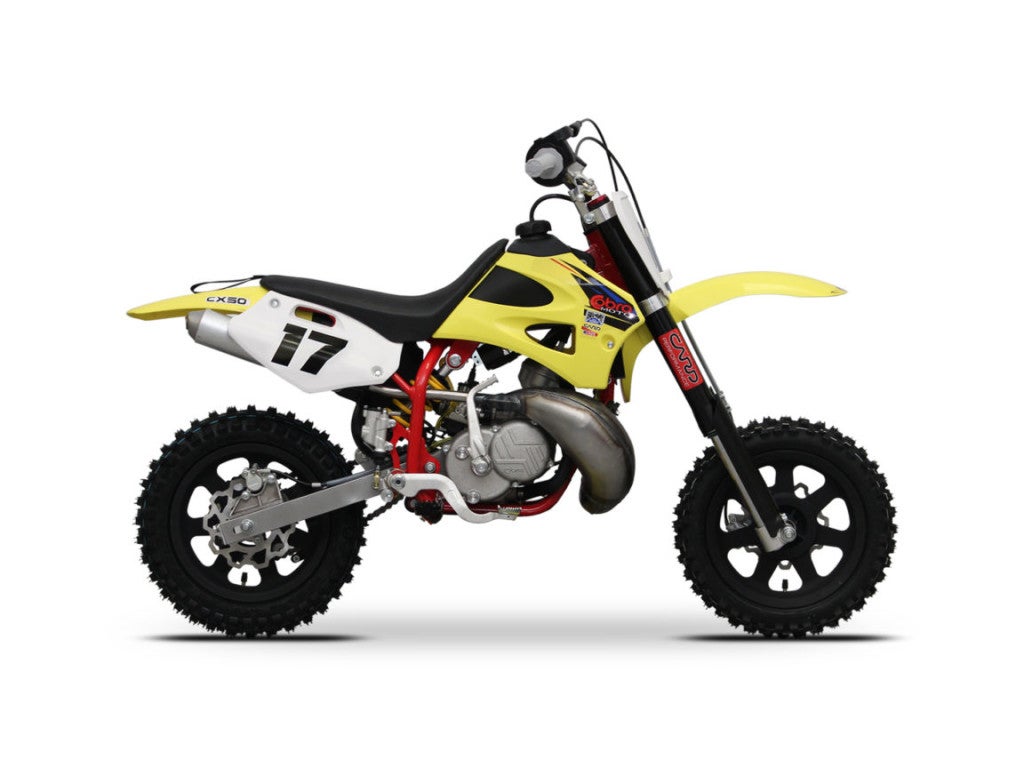
If you’d prefer a Japanese bike, Kawasaki and Yamaha make the KX65 and YZ65. The KX65 has been around for a long time, and has been the starter motorcross bike for countless riders. The Yamaha, on the other hand, was just released this year.
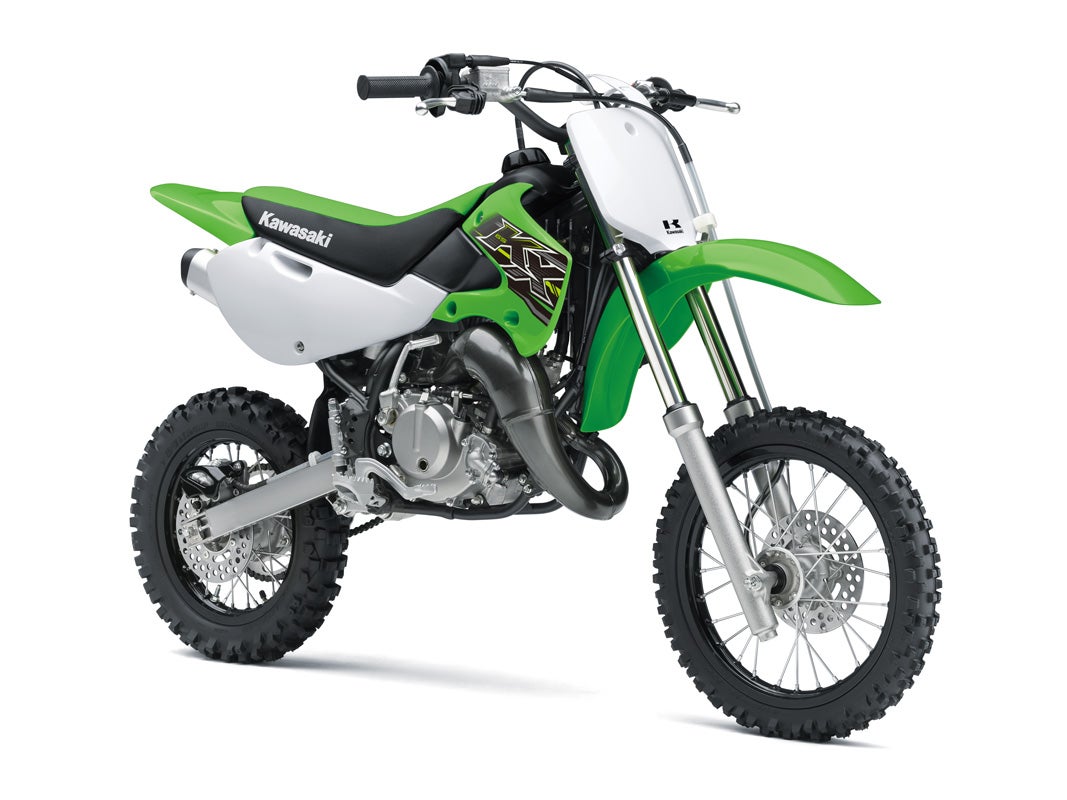
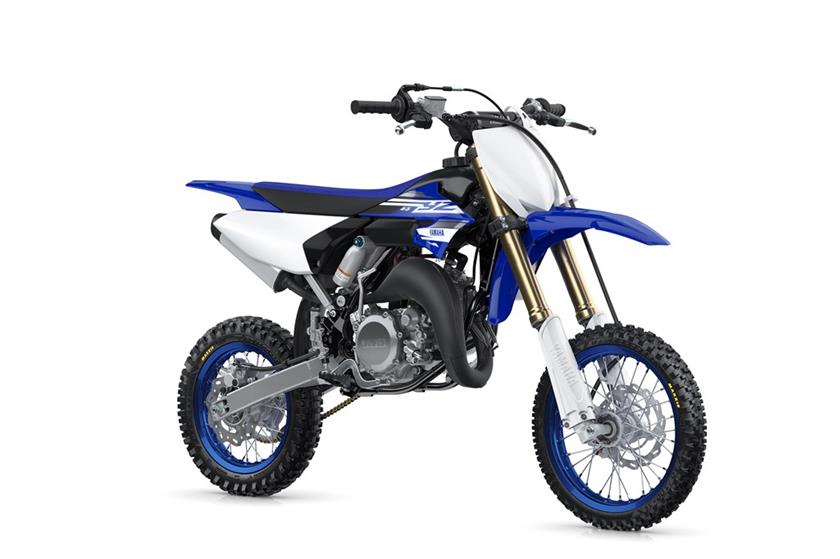
As you can tell, there are a lot of options out there to get your kids started in riding dirtbikes, and there’s really no limit to how young they can be. The earlier you get them on a Strider, Stacyc or minibike, the sooner they’ll get better. On top of that, they might develop a lifelong passion for it. Riding motorcycles is a healthy and wholesome hobby, which can provide a lifetime of fun and memories. It’s also a great family activity. It may not the cheapest in the world, but hey, look at it this way – if your kid gets into motorcycles, they won’t have any money left to get into drugs. They’re going to have a blast, too. We can almost guarantee it.
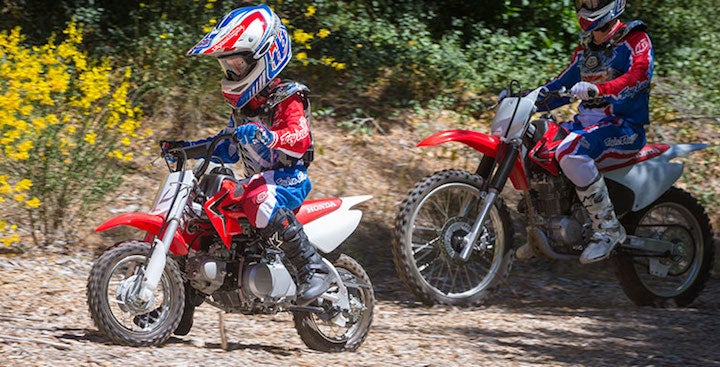
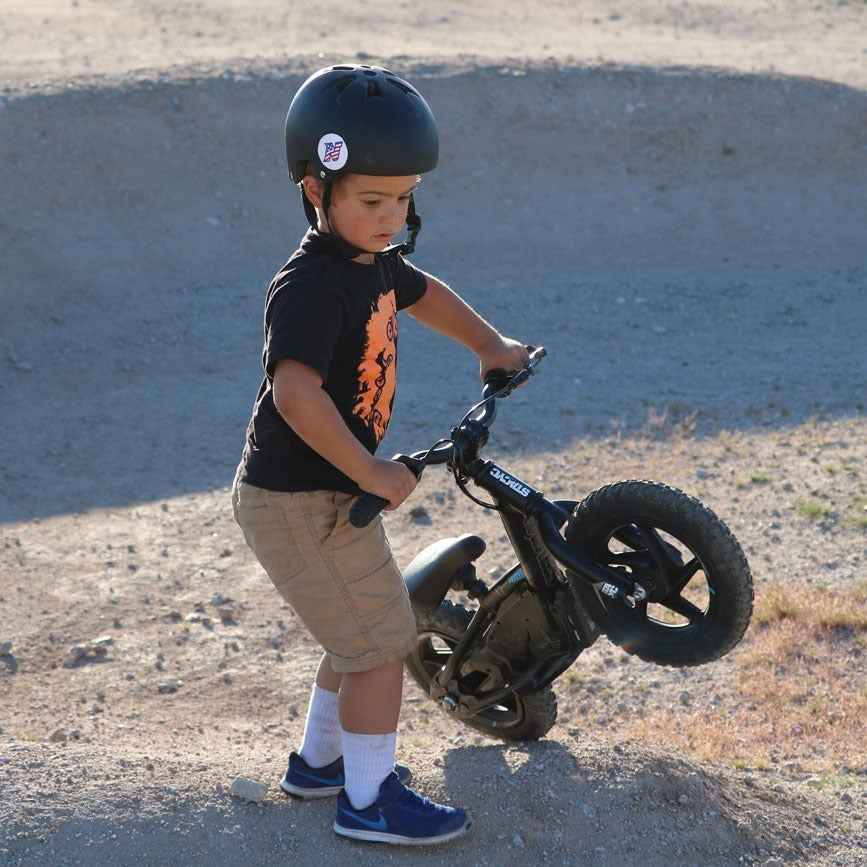
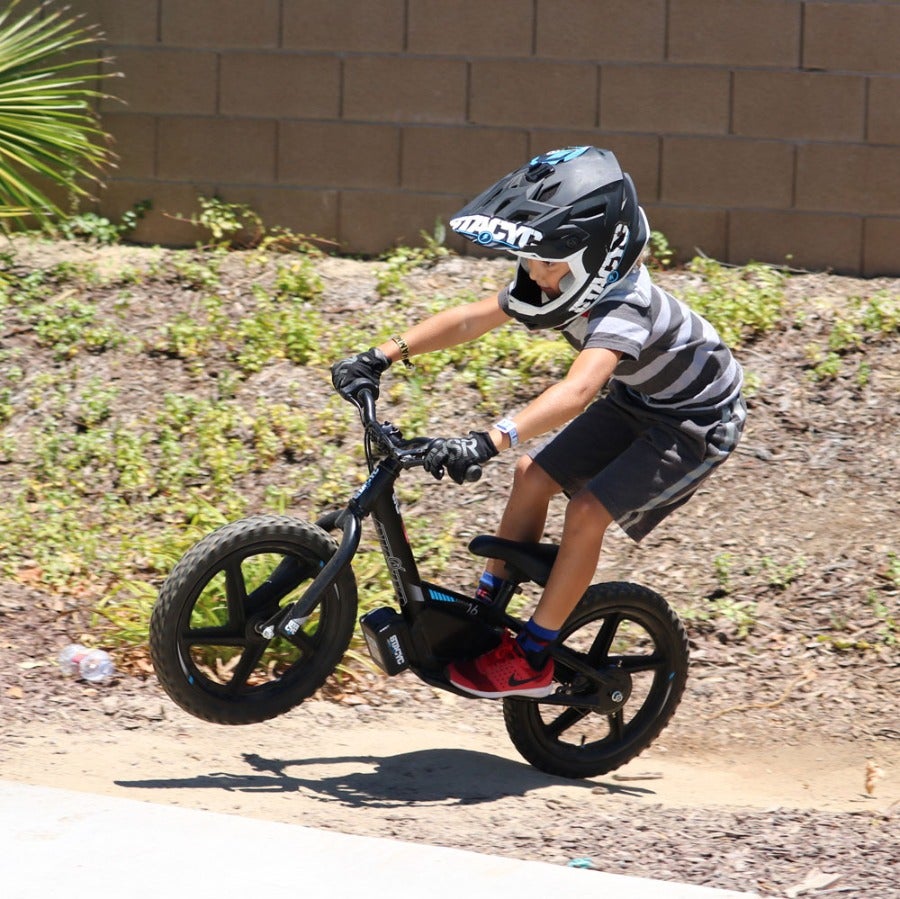
 Your Privacy Choices
Your Privacy Choices